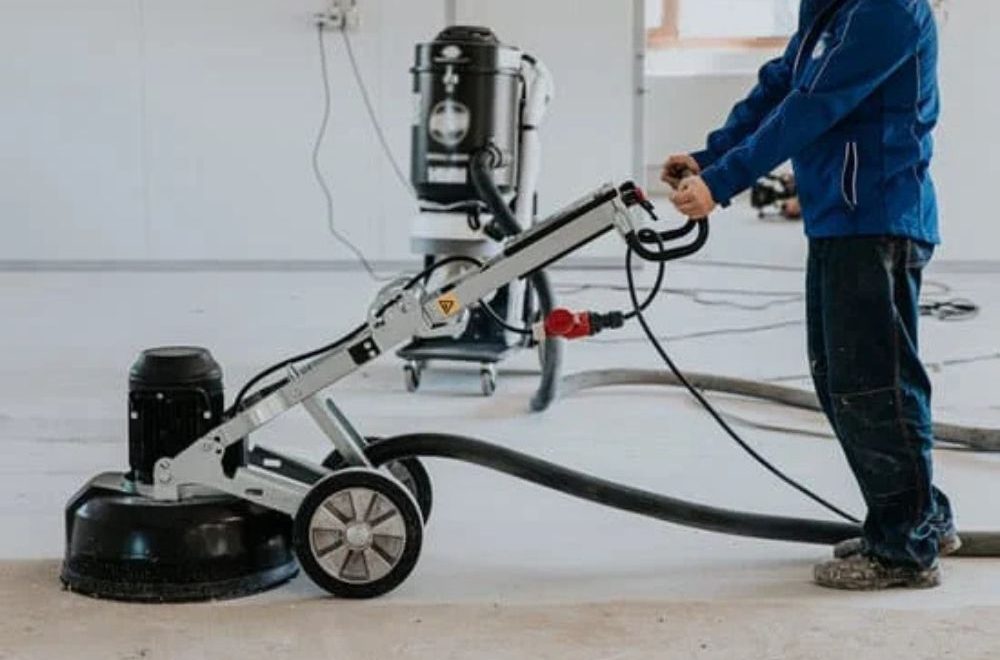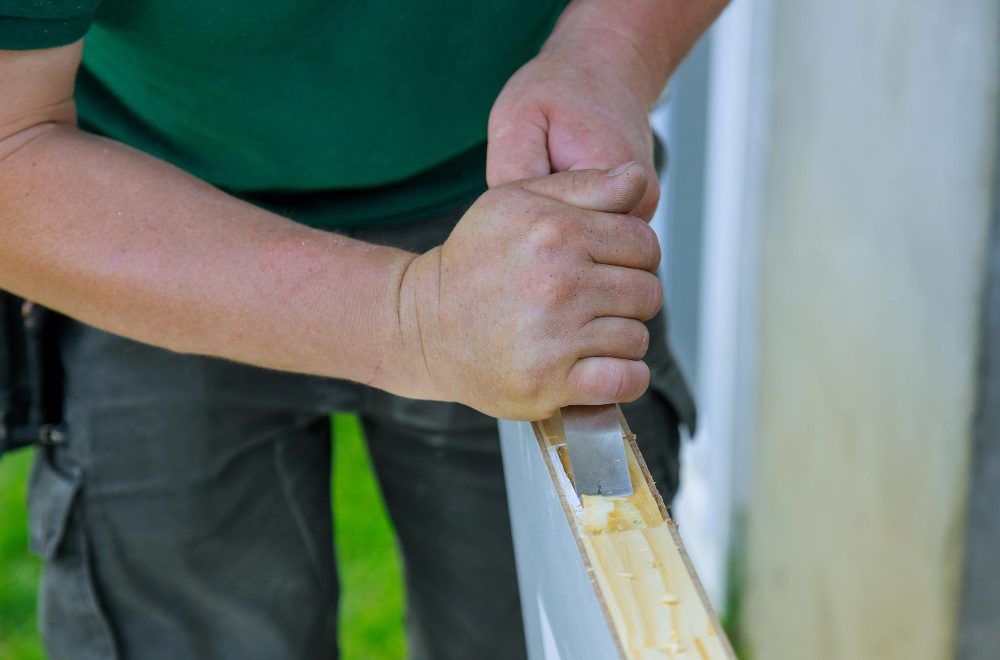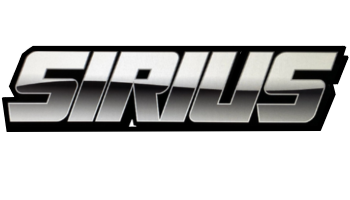Why Concrete Grinding Matters Before Epoxy Flooring or Joint Sealing?
When it comes to achieving high-quality epoxy flooring in Brisbane or durable joint sealing in Brisbane, one crucial step is often overlooked: concrete grinding. Whether you’re renovating your home, upgrading your office space, or dealing with industrial floors, proper concrete preparation is the key to ensuring the longevity and effectiveness of your flooring or sealing solution. This blog will delve into why concrete grinding is vital before applying epoxy flooring or joint sealing and how it can impact the final results.
Understanding the Basics of Concrete Grinding
Concrete grinding involves the process of smoothing or levelling the surface of a concrete floor using specialised equipment, typically a grinder with diamond abrasive pads. This process removes imperfections, rough patches, stains, and existing coatings, creating a smooth and clean surface for the application of epoxy flooring or joint sealing.
Although concrete is one of the most durable and long-lasting flooring materials, it’s not always perfect straight out of the slab. Over time, concrete surfaces can become damaged, uneven, or covered in contaminants that can hinder the adhesion of coatings like epoxy flooring or joint sealants. This is where concrete grinding comes in—it provides a stable foundation for these applications, ensuring a flawless finish.
Why Concrete Grinding is Crucial for Epoxy Flooring Brisbane
Epoxy flooring Brisbane has become a popular choice for residential, commercial, and industrial spaces due to its durability, aesthetics, and ease of maintenance. However, the longevity and strength of the epoxy coating depend heavily on the preparation of the underlying concrete.
Here’s why concrete grinding is a vital step in the epoxy flooring process:
Promotes Better Adhesion
Concrete is porous, which means it absorbs liquids, oils, and other contaminants over time. Before applying epoxy flooring in Brisbane, it’s essential to remove any dirt, oil, or existing coatings that could prevent the epoxy from adhering properly. Grinding the concrete surface ensures that the epoxy bonds firmly to the floor, creating a durable and long-lasting finish.
Smoothing the Surface
Uneven concrete surfaces can cause the epoxy to pool or dry unevenly, leading to bubbles, cracks, and an overall poor finish. Concrete grinding smoothens out the surface, filling in low spots and ensuring a level foundation for the epoxy. A level surface ensures that the coating is evenly distributed, preventing the development of weaknesses over time.
Removes Surface Imperfections
Old coatings, stains, and debris can make the surface less than ideal for epoxy application. Concrete grinding eliminates these imperfections, providing a fresh, clean slate. By removing old adhesives, paint, or sealants, you help the new epoxy layer adhere better and last longer.
Prevents Future Cracking
Concrete floors can crack over time, especially if they were improperly prepared in the first place. By grinding the surface, you ensure that cracks are sealed and that the epoxy application can help prevent further deterioration. Epoxy flooring not only improves the appearance of your concrete but also strengthens it by bonding to the surface and preventing moisture or air infiltration.
Why Concrete Grinding is Essential Before Joint Sealing Brisbane
If you’re looking to enhance your concrete floors with joint sealing in Brisbane, concrete grinding is just as crucial as it is for epoxy flooring. Joint sealing helps prevent moisture, dirt, and other contaminants from penetrating joints in the concrete, prolonging the life of your flooring.
Here’s why grinding is necessary for joint sealing:
Creates a Clean Surface for Sealant Application
For joint sealing to be effective, it must be applied to clean, roughened concrete. If the surface is smooth or coated in old sealant, the new joint sealant may fail to adhere properly. Concrete grinding creates a surface that allows the sealant to penetrate the concrete, ensuring a stronger bond and more effective sealing of the joints.
Enhances the Longevity of the Sealant
When you apply joint sealant to an unprepared surface, it may start to peel or crack over time, rendering it ineffective. Concrete grinding helps remove contaminants and create the ideal surface for the sealant to adhere, ultimately extending the life of the sealant and providing better protection against moisture, dirt, and wear.
Improves Aesthetic Appeal
A well-ground surface ensures that the joint sealant is applied evenly, creating a neat and professional finish. Without concrete grinding, the sealant may not fill the joints properly, resulting in an uneven appearance and an unprofessional finish. For a polished, sleek floor, grinding is a necessary first step.
Benefits of Concrete Grinding in Brisbane
Concrete grinding offers several significant advantages, particularly when you’re preparing your floor for epoxy flooring or joint sealing. Here are some key benefits of opting for concrete grinding in Brisbane:
Cost-Effective Solution
While concrete grinding may seem like an additional expense, it’s an investment that pays off in the long run. Proper surface preparation can reduce the need for costly repairs down the line and ensure that your epoxy flooring or joint sealing lasts longer, saving you money on maintenance.
Quick and Efficient Process
Unlike other surface preparation methods, concrete grinding is relatively quick and can be completed in a matter of hours, depending on the size of the area. The grinding process is also minimally invasive, with most grinding equipment being low-dust and easy to handle.
Improved Safety
Uneven concrete surfaces can pose safety risks, especially in commercial or industrial environments. Concrete grinding eliminates trip hazards, creating a smooth, safe surface for pedestrians and vehicles alike. For spaces with heavy foot traffic, a well-ground surface will improve both safety and the overall appearance of your floors.
Concrete Grinding vs. Other Surface Preparation Methods
You may wonder whether there are alternatives to concrete grinding for preparing your floors. While methods like acid etching or shot blasting may seem like viable options, concrete grinding remains the most reliable and effective method for surface preparation.
- Acid Etching: This method uses acidic solutions to roughen the concrete surface. However, it may not remove deep stains or contaminants and can be inconsistent in creating the ideal surface for adhesion.
- Shot Blasting: Shot blasting uses a mechanical process to prepare the concrete, but it is often more expensive and noisy compared to grinding. Additionally, it can leave behind debris that must be cleaned up before applying the epoxy or joint sealant.
In comparison, concrete grinding is cost-effective, reliable, and provides a superior surface for both epoxy flooring Brisbane and joint sealing Brisbane applications.
Frequently Asked Questions (FAQs)
Can I apply epoxy flooring or joint sealant without grinding the concrete?
While it’s technically possible to apply epoxy or joint sealant to an unprepared surface, it’s highly discouraged. Without concrete grinding, the adhesion may be poor, leading to peeling, cracking, and premature wear. Grinding is essential to ensure a long-lasting, smooth, and durable finish.
How often should I grind my concrete before applying epoxy or joint sealant?
It’s recommended to grind the concrete surface every time you apply a new layer of epoxy flooring or joint sealant. This ensures that the surface is clean, level, and free from imperfections, allowing for the best possible adhesion and durability.
How long does concrete grinding take?
The time required for concrete grinding depends on the size of the area being prepared. Small residential areas may only take a few hours, while larger commercial or industrial spaces could take a full day or more.
Conclusion
Concrete grinding is a crucial step that should never be skipped when preparing for epoxy flooring Brisbane or joint sealing Brisbane. It ensures better adhesion, a smooth surface, and a longer-lasting finish. By investing in concrete grinding, you’re setting your project up for success, reducing the risk of future repairs and enhancing the overall durability of your floors.
Ready to transform your concrete floors? Contact us today for expert Brisbane concrete grinding services, and let us help you achieve a flawless finish with epoxy flooring or joint sealing. Call us now at (07) 5609 9555 or visit our website to learn more.



